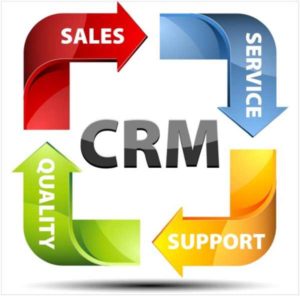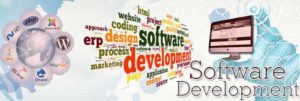Overcoming Challenges in ERP Integration Projects
Integrating an enterprise resource planning (ERP) system within an organization is a significant undertaking, often fraught with potential pitfalls and complex challenges. From data migration to user training, there’s no aspect that doesn’t require meticulous planning and execution. Businesses that navigate this process successfully can achieve streamlined operations, enhanced data analysis, and better decision-making. To help guide professionals through this intricate journey, it is crucial to look at common obstacles and best practices. In this article, we’ll explore some of the key strategies and considerations for overcoming these challenges.
Understanding the Complexity of ERP Integration

Embarking on an ERP integration project demands a comprehensive understanding of its multifaceted nature. It’s not merely a technology upgrade—it’s a transformational process that impacts nearly every aspect of an organization. The range of systems and processes that need to be unified under an ERP solution can be vast and varied, which necessitates a deep dive into the existing IT infrastructure and business workflows.
To manage the complexity effectively, a thorough assessment should be the first step. This involves identifying all hardware and software components, understanding their interdependencies, and planning for integration points. Challenges often arise from legacy systems that may be outdated or incompatible with newer ERP solutions, highlighting the need for strategic ERP system integration.
Another layer to this complexity is the customizability of ERP systems. While they offer a broad range of modules and functions, not every feature will be pertinent or beneficial for a particular business. Identifying the most critical functionalities and tailoring the ERP solution accordingly can mitigate risks and focus efforts on what yields the most value.
Lastly, integration isn’t only about the technical setup—it affects data, processes, and people. Preparing for the data conversion and ensuring that staff are on board with changes are integral parts of the equation. A successful integration hinges on all these facets working in concert, reinforcing the need for a holistic approach.
Navigating Data Compatibility and Migration Challenges
Data compatibility and migration are two of the biggest hurdles in any ERP integration project. The integrity of the data being transferred to the new system is paramount—hence, ensuring compatibility between formats is a critical undertaking. Incompatible data can lead to significant disruption in business processes and decision-making capabilities.
Before migrating data, it is essential to clean and organize it to prevent any inaccuracies or duplications from carrying over into the new system. A detailed mapping process is usually necessary, where each piece of data is carefully transferred to its corresponding location within the ERP. However, this process can often reveal gaps in data that could affect the functionality of the new system.
Moreover, migration isn’t always a one-and-done event. Incremental migrations and parallel runs may be required to minimize disruptions. This gradual transition allows for troubleshooting and fine-tuning of the ERP system, ensuring a seamless integration of data and processes.
In dealing with these challenges, patience and precision are virtues. It often takes multiple iterations to get the data migration right. Investing adequate time and resources into this phase of integration can save considerable effort and cost in the long run, avoiding the much-dreaded data-related bottlenecks.
Effective Communication and Stakeholder Management Strategies

Communication is the cornerstone of any significant organizational change, and ERP integration is no exception. Clear and consistent communication not only keeps all stakeholders informed but also facilitates buy-in from various departments that are impacted by the integration. When each team understands how the new ERP system will benefit their processes, resistance to change can be minimized.
Stakeholder management is just as vital, requiring a strategic approach to align different interests and expectations. For instance, IT departments may prioritize system reliability and data security, while finance teams might be focused on reporting features and compliance. Reconciling these priorities and communicating the overarching benefits of the ERP system are essential for a unified approach.
Altogether, overcoming the challenges of ERP integration requires a multi-faceted approach that combines strategic planning with technical know-how and people management skills. When these elements are coordinated effectively, the journey to ERP integration can lead to transformational business improvements.




